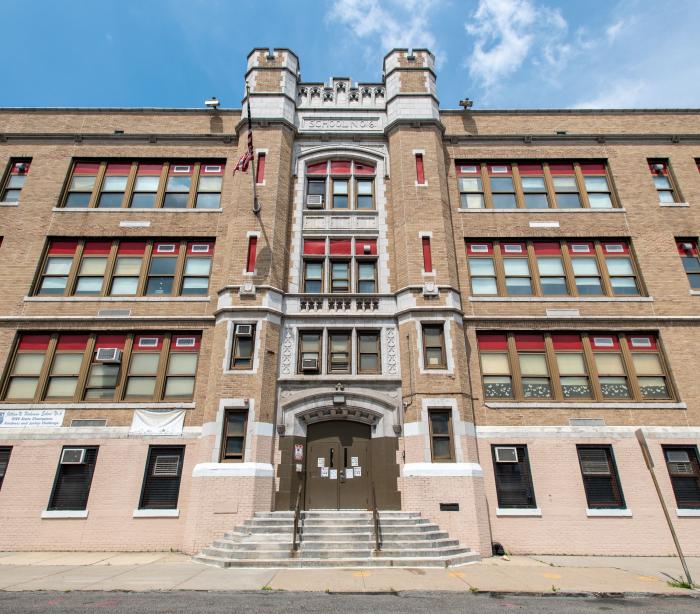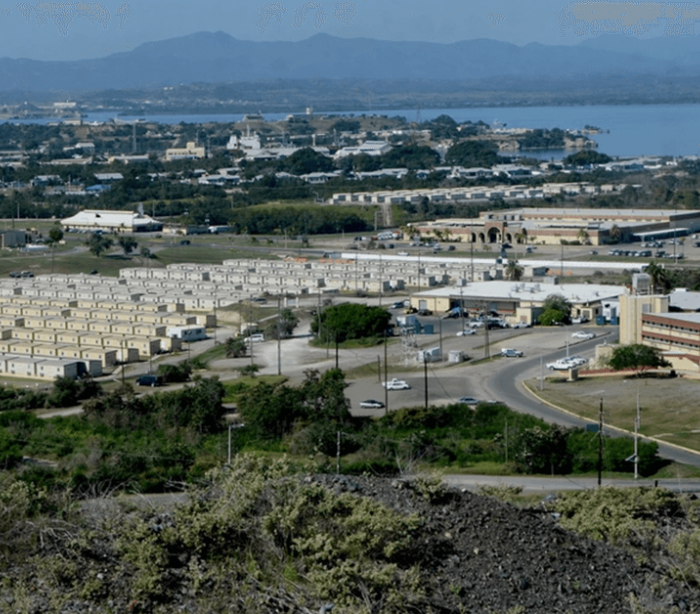
When your Campus Microgrid Works So Well No One Notices
You know you’ve done something right when your new campus microgrid islands so seamlessly that you don’t even know it happened.
That’s what occurred in February, in response to a communications glitch, at Montclair State University (MSU), the second largest university in New Jersey with 23,000 students.
MSU’s system includes a 5.4-MW natural-gas fired combined heat and power (CHP) plant, plus 5.3 MW of natural gas backup. It receives communications about the local utility’s status through phone lines.
But Public Service Gas & Electric’s (PSG&E) phone lines went down on a cold day when the campus was full of students, only a little more than a month after the microgrid started up in January.
When the phones went out, and the microgrid controls couldn’t “see” that utility power was available, the microgrid “divorced” from the utility automatically — even though the utility hadn’t lost power — and went into island mode, serving the entire campus for nine hours, said Shawn Connolly, vice president for university facilities..
“No one knew we were in island mode, until my phone told me. That was the first time I ever got that message for a real situation,” he said. When the MSU microgrid re-connected with the utility, there were no burps, interruptions or surprises, he said.
But the campus microgrid — developed by MSU in partnership with NJ-based DCO Energy — does much more than disconnect the entire MSU campus from the grid almost invisibly.
Saves $4 million annually
The university reaps $4 million in annual savings by avoiding purchasing power from the utility. MSU can generate electricity at a low cost of about 4 to 5 cents/kWh. That’s because the university saves on transportation costs, capacity charges and demand charges — all of which commercial customers must pay. It also generates income by selling up to 3 MW to the grid.
“We have an interconnection agreement with the utility; we can push up to 3 MW back to the grid,” said Connolly.
For example, on the day Microgrid Knowledge interviewed Connolly, MSU’s microgrid had shifted into island mode in response to a request from the utility to reduce load. “The utility was having issues with capacity,” said Connolly.
More opportunities for earning income are available, he said.
“We don’t have a load shedding agreement yet. It’s probably our next step; we will reach out to the utility or PJM,” he said.
He added that the university has a strong, longstsanding relationship with the utility, PSG&E. “It definitely helped to have a collaborative energy partner.”
“Montclair State’s microgrid is an excellent use of innovative technology to help the university manage their energy use more efficiently,” said Dave Daly, PSE&G president and chief operating officer. “Their system integrates seamlessly with PSE&G’s electric grid and is a positive step toward a more cost-effective energy future.”
Meanwhile, the advantages of avoiding power outages are significant for the university.
No more power outages on exam day
In May 2016, a car hit a power pole near MSU, disrupting one of two electricity feeders that supplied power to the campus from the utility. Soon after, the remaining feeder went down after a large turkey vulture sat on a power line, opened its wings and bridged two lines, which caused fuses to blow.
MSU had only emergency generation for lights — and it was final exam day.
“An hour into the outage, we had no clear timeline about restoration. We were forced to cancel final exams for the next period. That impacted a lot of students who were prepping for finals,” said Connolly.
What’s more, the recreation center and other facilities were closed and students had no places to spend time.
Eventually power was restored that day. Exams were re-scheduled to the evening.
MSU also lost power after Superstorm Sandy. In fact, that outage was one of the main factors that prompted the university to investigate microgrids.
Now, when there’s an outage, the microgrid controllers quickly decide how to take action.
“When we lose power, the microgrid system takes a look at what the campus load is.” Buildings are then prioritized, based on the urgency of their needs.
The controller dispatches a message to the microgrid’s gas turbines, and they start up within 30 to 45 seconds. The entire campus islands and it’s all automated, said Connolly. The system was created by Schweitzer Engineering Labs.
Efficiency above 80%
Another advantage of the campus microgrid is the efficiency of the CHP system. Connolly compares the energy demands of the university to an “energy apple.”
“We take multiple bites out of the energy apple. We take exhaust through a heat exchanger and use that to make steam, and it’s distributed to all buildings on campus for hot water and heating. The steam also runs a chiller to make chilled water for air conditioning. The system generally operates above 80% efficiency, while a normal power plant is 40%,” he said.
As for surprising and disruptive outages, they’re a thing of the past. “The microgrid prevents all that,” said Connolly.




